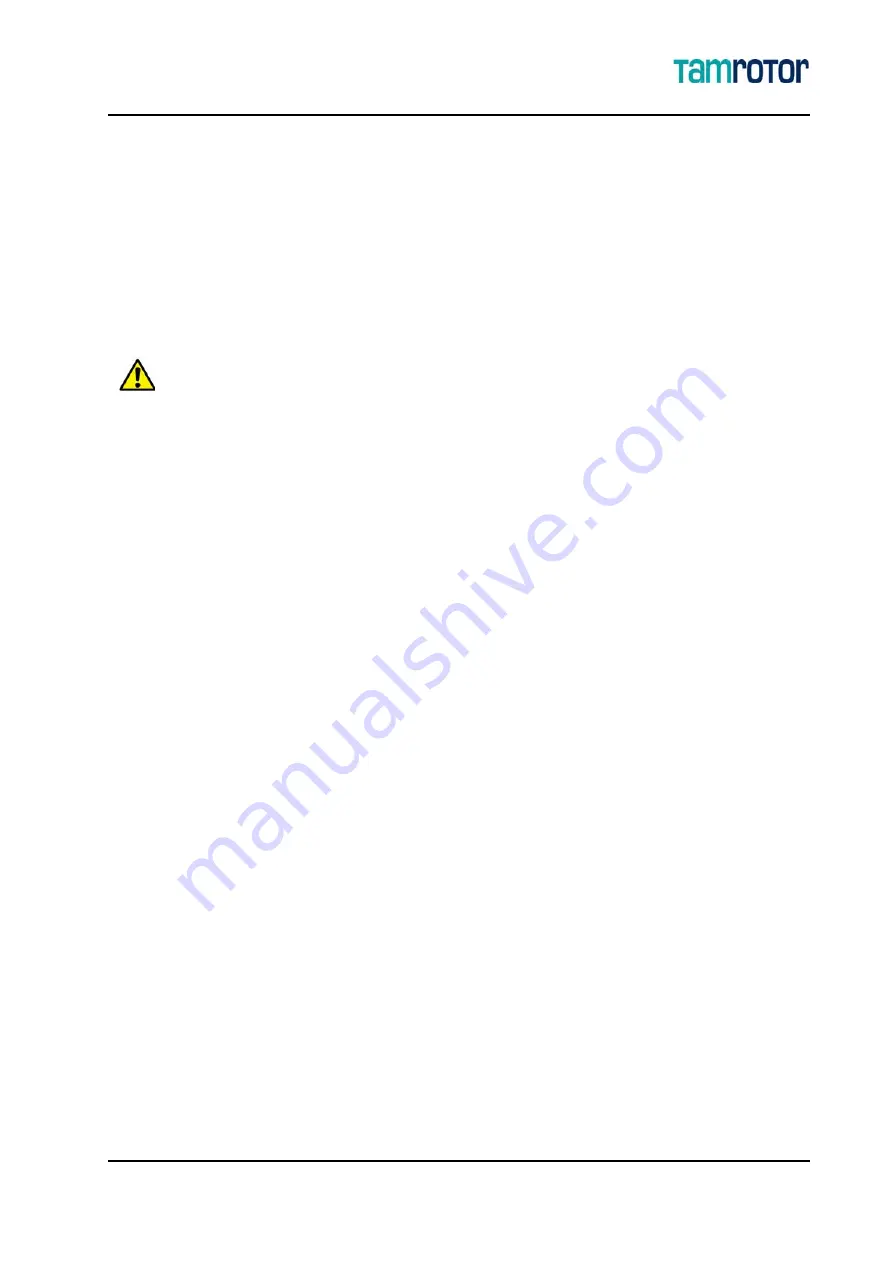
2
2. Safety
2. Safety
The general safety instructions concerning the tempest are presented in this chapter.
Read also the safety instructions for transportation, installation, operation and maintenance
presented separately in each section of the manual.
Always read the safety instructions before starting to work.
In addition to these instructions, the local regulations in your country may impose additional requirements
that must be observed.
2.1 Safety during installation and preparations for use
The noise level of the compressor, which is presented in the "Technical data" on page 15, is determined
according to ISO2151 and ISO3744. The noise level may rise higher if the walls surrounding the installing
location reflect sound. Take this into consideration, when choosing the best location for the compressor.
Observe the local regulations concerning the use of ear protectors.
The intake air for the compressor must be clean and cool.
Prevent the used and hot cooling air
circulating back to the cooling air intake.
Make sure that foreign objects cannot get into the compressor
with the intake air. The intake air must not contain any explosive or inflammable gases or harmful
substances.
Do not exceed compressor's rated maximum pressure, capacity or rotation speed. For more details see
"Technical data" on page 15.
Use pneumatic hoses that can hold the working pressure. Pay special attention to the hose mountings.
The pressure in the hoses must be removed before disconnecting. A whipping hose may cause
unpredictable damage.
The pressure vessels in the pressurized air network must be in accordance with the pressure vessel
regulations.
Only authorized and qualified personnel should make the electrical connections.
The condensate water contains oil. It should be disposed of according to the local regulations on waste oil.
The instructions concerning safety are marked with this symbol.






































